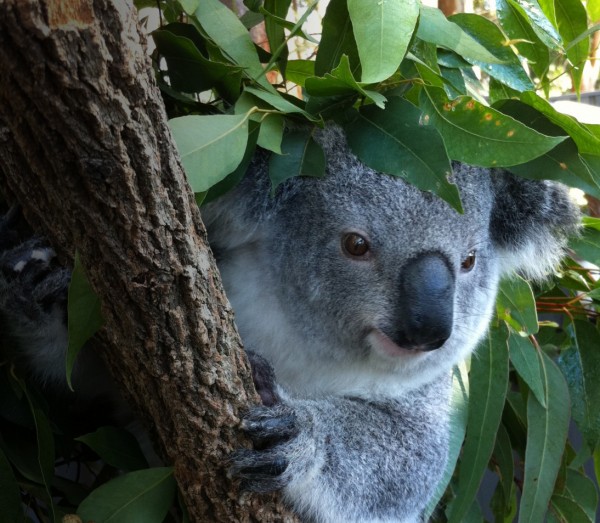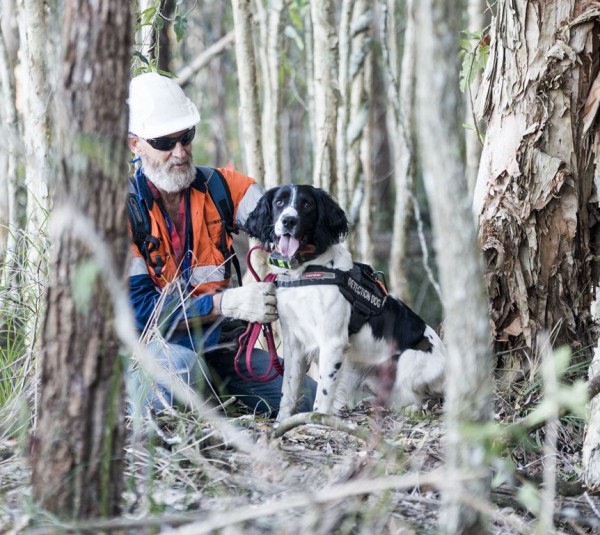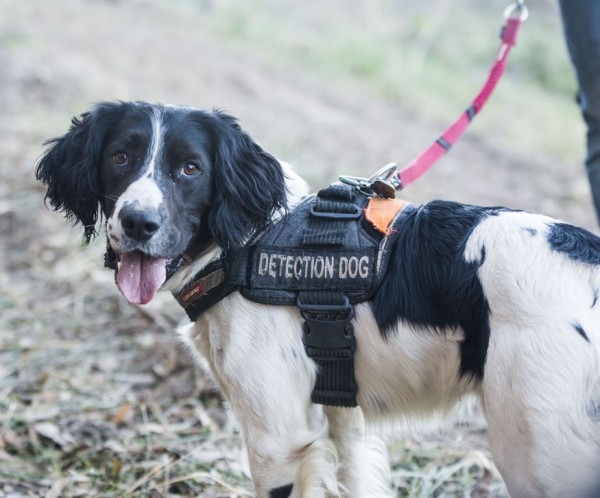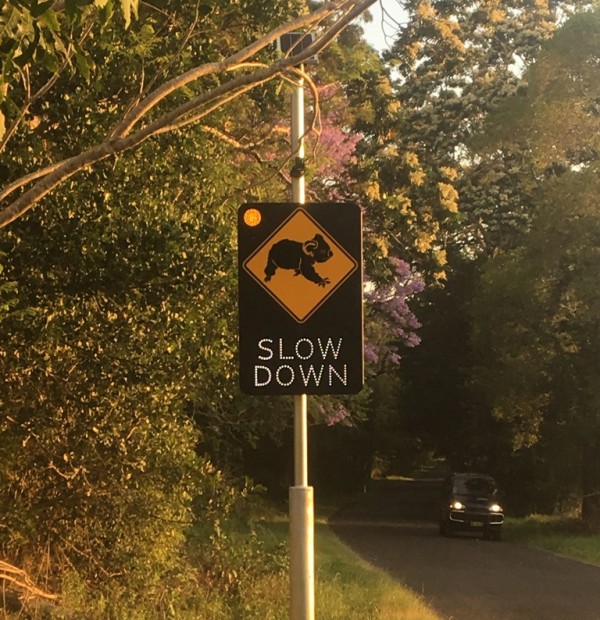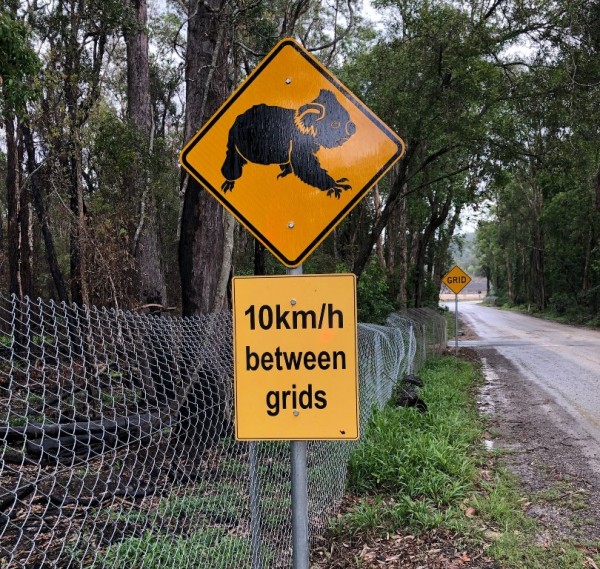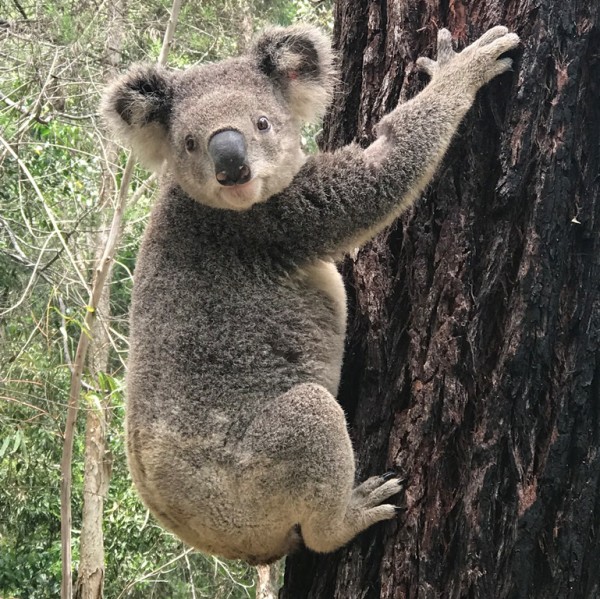Koalas are one of Australia's most iconic species and Roads and Maritime Services is committed to minimising impacts to the koala population during the Woolgoolga to Ballina upgrade. Mitigation strategies include over 450 kilometres of fauna fencing, installation of over 400 dedicated or combined fauna underpass structures and a phased resource reduction approach.
Fauna Culvert Success
The Woolgoolga to Ballina Koala Management Plan includes a framework where Transport for NSW has committed to no koala road-kills occurring as a result of the Pacific Highway upgrade project, and in doing so will build a closed (fenced) highway corridor, connectivity structures, and establish 130 hectares of new koala habitat adjacent to the upgrade.
In addition, Transport for NSW and the project team have installed fencing and connectivity structures at two known koala hot-spots on other roads near the project (part of Wardell Road and the existing Pacific Highway north of Wardell). The aim of these measures is to reduce koala mortality.
Ongoing monitoring of fencing and connectivity structures on Wardell Road started in October 2019. These structures are proving successful as seen in the video footage capturing a koala heading north through the connectivity structure.
Check out our koala videos
A three-part video series has been produced by Roads and Maritime Services. These videos provide an insight into some of the measures being implemented to help protect the koala populations.
Koala Video 1 - Mitigation Measures
Koala Video 2 - Clearing and Rescue Procedures
Koala Video 3 - Revegetation and Population Monitoring


